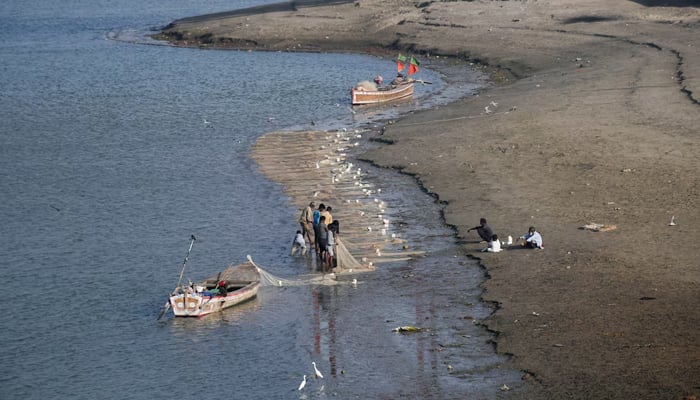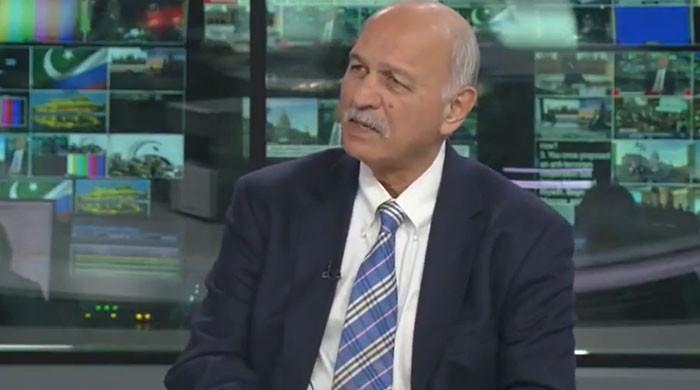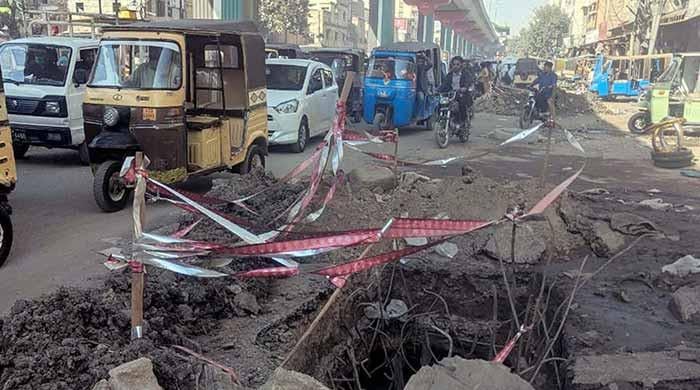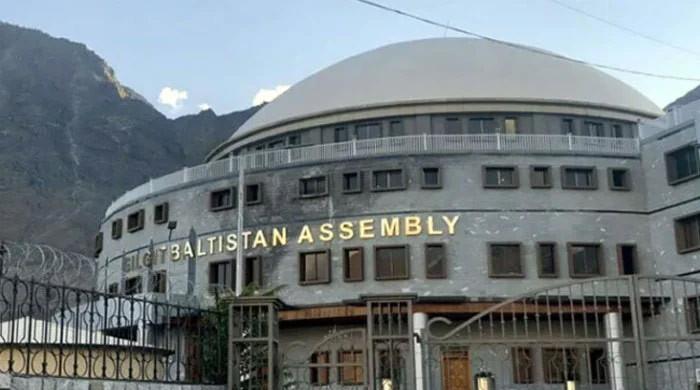20% drop in Chenab's water if India expands Ranbir canal: expert
India’s canal expansion may breach Indus Waters Treaty withdrawal limits
May 20, 2025

ISLAMABAD: The proposed expansion in the Ranbir canal by India will plummet Pakistan’s water supply from the Chenab by nearly 20%, said water expert Engineer Arshad H Abbasi on Monday.
Abbasi is a water expert who remained part of Track-II diplomacy with India on water issues. In quantifiable terms, this translates to a loss exceeding five million acre-feet (MAF) of water annually — water valued at an estimated $10 billion on the global market. This would be a catastrophic blow to Punjab, the agricultural heart of the nation.
On May 16, Reuters revealed a grim and deeply troubling report saying that India is weighing curtailing Pakistan’s water supply through an expansion of the Ranbir Canal on River Chenab. The project plans to double its length from 60 kilometres to a staggering 120 kilometres.
Abbasi explains that the average flow in the Chenab River is approximately 28,000 cusecs.
"While India has long utilized the Ranbir Canal, a 19th-century irrigation channel predating the 1960 Indus Waters Treaty (IWT), the proposed project expansion raises questions about compliance with the Indus Waters Treaty. Annexure C of the IWT explicitly governs India’s agricultural use of water from western rivers like the Chenab, setting strict caps on withdrawals."
The question of water withdrawals from the Chenab adhering to the exact quantities as defined in the Indus Waters Treaty remains known only to Pakistan’s Ministry of Water Resources and the Indus Waters Commissioner. The practical enforcement and monitoring are fraught with ambiguity.
Under Article VI of the treaty, both India and Pakistan are obligated to regularly exchange river and canal data. The data is typically provided by India in hard copy format, either via fax or postal services, raising serious questions about its accuracy and transparency. The treaty allowed Pakistan to inspect the watersheds of the Jhelum, Indus, and Chenab rivers twice, or thrice annually.
However, the suspension of the treaty and the current geopolitical tensions have disrupted these inspections, leaving many critical questions unanswered.
The treaty explicitly, the press note says, allows for a maximum withdrawal of 1,000 cusecs from April 15 to October 14, and 350 cusecs from October 15 to April 14.
If India is indeed operating the Ranbir Canal at its fullest capacity, this would constitute a clear violation of the treaty, with significant repercussions for downstream flows into Pakistan.
Abbasi says in 2008, he submitted a proposal to the Ministry of Water Resources, advocating for the installation of a real-time telemetry system on the three western rivers downstream of the Baglihar Dam which was never implemented.
In contrast, Abbasi points out, India and China have implemented a real-time river flow data-sharing system on the Brahmaputra River and Sutlej River.
Abbasi says the Ranbir and Pratap Canals Project, with a budget of $41 million and $18 million (as per 2008-09 estimates), was conceived in 2003 and was projected to be completed in 14 and 12 years respectively. However, they remained on the back burner till now when New Delhi seems hell-bent on weaponising water.
Originally published in The News









